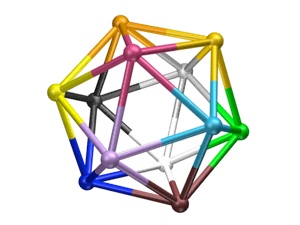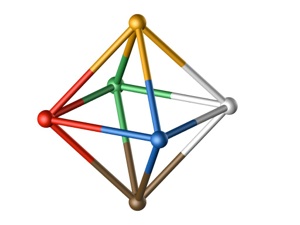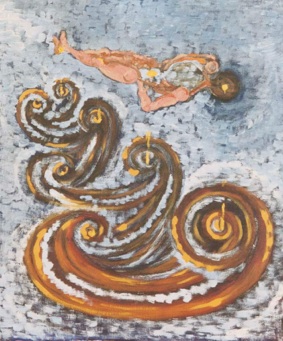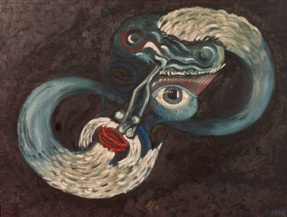Mini-Syntegration: problem jostle

Activity: preparation of topics for
mini-syntegration
Kind: individual, online in cohort wide wiki on Moodle
Duration: A couple of hours
distributed over three sessions.
Location: at your computer
Instructions:
-
1)Before you enter the wiki, jot down your own ideas so that you have a sense of what you wish to include.
-
2)Enter the wiki, and check whether others have already added your idea. If not, add it with your initials (for ease of discussion). If their version differs from yours, add further comments (erase nothing) with your initials. Try to keep similar ideas together.
-
3)By the middle of the week, choose a set of ideas you wish to promote and combine them under a heading with your initials. Add some notes to explain how you see these ideas being related or how you would like to see them developed.
-
4)If someone has already chosen the ideas you are interested in promoting, add your initials to the heading. Note that it is not necessary to have each person initiate a topic as the total number of topics to be developed will be only 8. You may wish to ensure that important ideas are not left out.
-
5)Towards the end of the week start reducing the number of topics to the required 8. You can do this by suggesting two groups to be combined as one, potentially with a new title. Alternatively you can suggest that a particular topic be excluded from the current report as less significant, or less suitable in some other way, than the other topics.
-
6)By the end of the week the cohort needs to have selected 8 topics for development. You can finalize the selection through a vote, or by any other means that you can implement quickly and you can all live with.
(It is not critical that every possible idea be developed, and you should be prepared to work on any idea that is selected) -
7)The instructor will randomly assign topics to the syntegration teams for development during week 9.
This problem jostle differs from the classic format:
In a classic syntegration:
-
1)This activity takes place in a large space, with all persons present.
-
2)Ideas, referred to as “statements of importance” are posted on a wall using sticky notes or something similar which can be easily rearranged as groups of ideas develop and relationships are discerned.
-
3)When enough ideas have been posted the facilitators introduce the next stage, namely the actual “problem jostle” wherein participants choose a flip chart, and announce the idea they wish to promote as part of the discussion. They may move a selection of the sticky notes to their flip chart, which becomes known as an “aggregated statement of importance”
-
4)Other participants are invited to endorse this set of ideas and sign their name to the flip chart. Once it has been signed by 5 or more participants, it is eligible to be considered as one of the topics for the syntegration. In a suitable meeting space these flip chart pages are all posted on a large wall.
-
5)There are usually more topics than can be considered in the syntegration. The classic form is 30 participants and 12 topics. The process of selecting and combining the topics is called a “hexadic reduction”. The group process of combining and selecting topics can be managed through consensus or though voting. The result is named the “consolidated statements of importance”.



a) start of the week
Brainstorming:
post your ideas to the wiki, checking to see first if they are already there.
b) mid week
Promotion of significance: organize the posted ideas into groups with a topic title.
c) end of the week
Selection of topics:
make a third pass review, rearranging ideas into groups if that has become evident


classic 12 node form for 30 participants
octahedron for
12-18 participants
What is the relevance of systems thinking or a systems perspective to environmental education or environmental communication?
artwork Stafford Beer, courtesy Allenna Leonard



